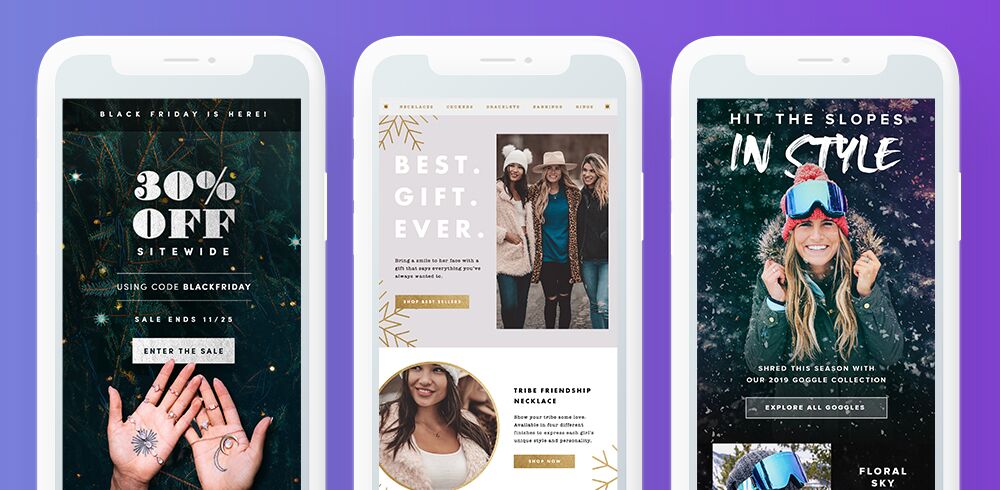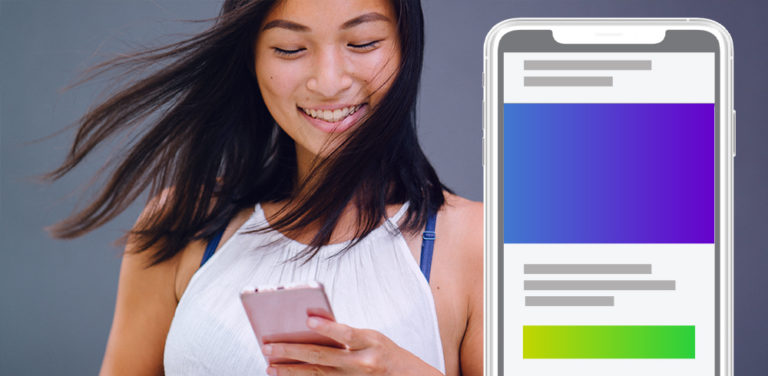The Next Three: Email Triggers To Set Up After Welcome, Browse, and Cart

Every email program should have Welcome, Cart Abandon, and Browse Abandon triggers to encourage engagement and conversions via timely and relevant content. But after you’ve got the essentials set up, what’s next for your program?
Level up your automation game by adding behavioral triggers to establish strong relationships, encourage repeat purchase, and maintain a clean, engaged list with these next three triggers.
Replenishment and Repeat Buyer triggers encourage repeat purchase and increase customer lifetime value (LTV).
A Replenishment trigger is a must-have for brands that sell consumable products – think food, disposable items, toiletries, etc. Utilize customer data to determine the typical rate of use for each product and target buyers with a replenishment series around two weeks prior to remind customers to reorder before they run out.
A Repeat Buyer trigger encourages purchasing additional products from your store. Any brand that sells multiple products benefits from this type of trigger to boost LTV and broaden the categories of product your customers purchase from. Some email service providers (ESPs) offer predictive analytics to determine when a customer is most likely to purchase again to perfectly time cross-selling/upselling messages. For those of you that don’t have access to predictive analytics, utilize past purchase data to determine the average time between purchases and trigger your Repeat Buyer emails within this window.
Pro Tip: Segment your audience by one-time purchasers versus 2+ purchasers to tailor content and promotions accordingly. If you begin treating repeat purchasers as VIPs early on, they are more likely to remain loyal customers long-term.
Customers exhibit the highest engagement immediately after opting into emails (thus the value of a Welcome series) and after making a purchase. Taking the time to tailor high-engagement order, shipping, and delivery confirmation notifications with your branding and custom content can create a high-end look and feel while allowing space to promote repeat purchase, referral program benefits, marketing email sign-up, and social platform engagement.

Map out your customers’ Post Purchase journey to identify the additional touches – beyond transactional notifications – that can be added to enhance the buyer experience. Capitalize on a customer’s excitement about their recent purchase by providing product tips, additional product recommendations, and the opportunity to share their purchase with friends.
Lastly, an effective Post Purchase journey should include a request for customer reviews. Many prospective customers will not purchase unless they can read multiple reviews of your products first; reviews are integral in showing social proof and removing anxiety from the purchase process. Customers are most likely to leave a review when excitement is high after initial use. Trigger your review request to land in your customer’s inbox 2-3 days after product delivery.
Keeping a clean and engaged list is vital for the long-term health of any email program. Use a Re-Engagement series to target contacts who have become unengaged (stopped opening or clicking your emails) and try to wake them up again through deep and engaging offers and new product alerts.
Keep contacts who engage with the series on your mailing list, but be prepared to let the remaining non-engagers go. Holding on to unengaged contacts opens your program up to the potential for deliverability concerns, spam traps, and decreasing user engagement.
Be okay with letting these contacts go, knowing they have the opportunity to re-subscribe at a later date. Maintain focus on acquiring net new contacts to help offset the release of unengaged contacts.
Pro Tip: Download your unengaged contact lists and retarget this audience via other channels, such as social media.
Some ESP/eComm connections trigger Cart Abandon emails late in the checkout process (i.e. only after a shopper clicks “checkout” as opposed to when they add an item to their cart), resulting in a gap in the retargeting journey. Check with your ESP/eComm providers to see if you can add in a trigger for customers who add items to their cart, but do not get deep enough into the checkout process to qualify for a cart abandon trigger.
An Add to Cart Trigger functions much like your Cart Abandon flow in driving contacts back to your site to complete their purchase. A promotion to incentivize completing a purchase, along with alternate product recommendations and social proof can be vital in winning the completed order from this trigger. Make sure to check your dynamic linking capabilities for this flow and tailor your email copy accordingly. Not all connections can link directly back to cart from this trigger.

Pro Tip: Analyze the timing of your Browse Abandon and Cart Abandon triggers and set your Add To Cart series to deploy in between the two. It’s ideal to serve up a retargeting message based on the deepest point a contact reached in the conversion funnel, so prioritize Cart Abandon first, followed by Add To Cart, then Browse Abandon. Be sure to set corresponding suppressions to keep the customer from receiving all three series at once.
In closing, get creative in your approach to automation and keep growing your program through value-add triggers like the examples listed above. Erase the concept of “set it and forget it” in your mind; consistently revisit current triggers and identify opportunities to optimize through ongoing testing. If you’re not sure where to start, Tinuiti’s CRM & Email team is here to help. Get in touch to learn more about our services.
